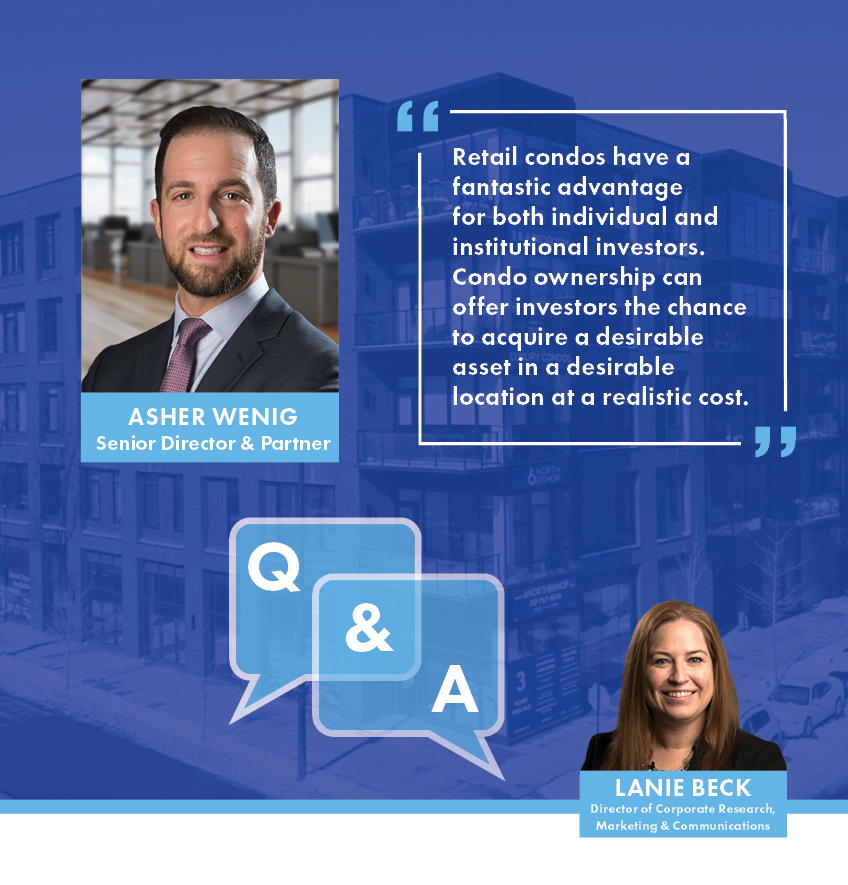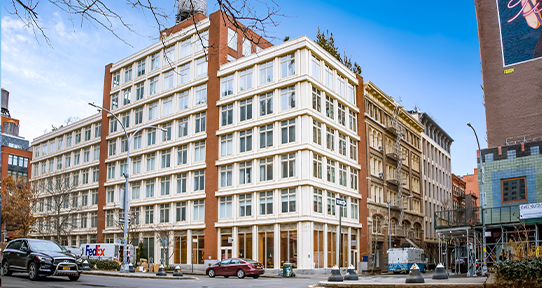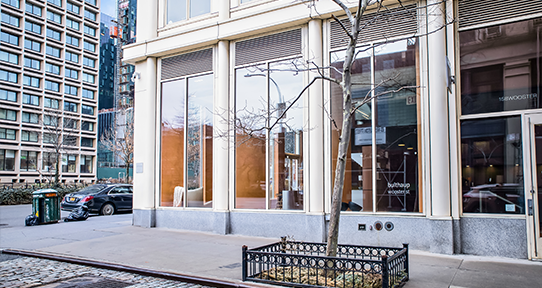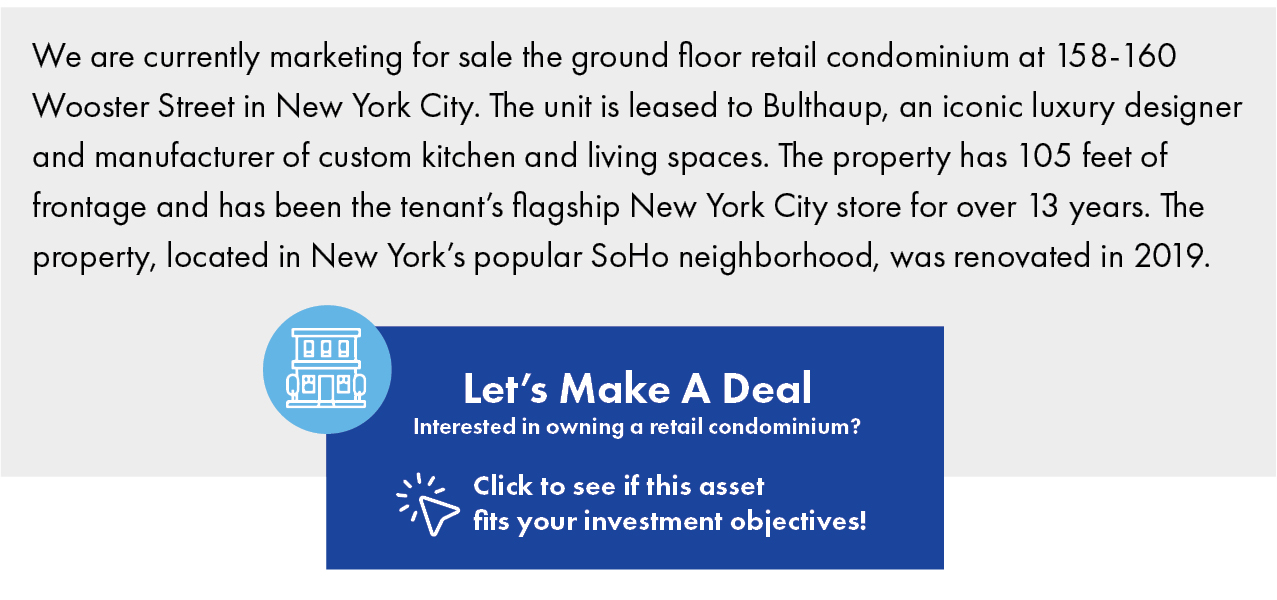Retail Condominiums: Breaking Down the Nuances of This Unique Ownership Structure
 Retail condominiums are a unique product type, and many real estate investors hold some misconceptions about the ownership structure. Here, we break down the complexities of retail condo ownership, answer a few of the questions frequently asked by investors new to the asset class, and also explore what may impact future supply and demand.
Retail condominiums are a unique product type, and many real estate investors hold some misconceptions about the ownership structure. Here, we break down the complexities of retail condo ownership, answer a few of the questions frequently asked by investors new to the asset class, and also explore what may impact future supply and demand.
Lanie Beck: How does a condominium differ from other ownership structures?
Asher Wenig: In major cities where high-density developments are popular, we frequently see mixed-use projects being built, either new construction from the ground-up or older buildings being converted into residential developments featuring apartments or condominiums. The street-level retail portion of the project – usually where you get foot and vehicle traffic – is also converted into a condominium. This process has created a specialized real estate product known as the retail condominium or commercial condominium.
The retail condo receives a fee simple title along with a recordable deed. The retail condo owner receives an undivided interest in the common areas of the project, and the condo is assigned its own parcel number from the local tax assessor, allowing property taxes to be assessed individually to the unit based on the space’s specific value. Because of these characteristics, retail condos can be bought and sold in a manner similar to that of a freestanding building.
LB: In which geographies or metro areas are investors most likely to find retail condos?
AW: Traditionally, retail condos were only found in major metropolitan cities like New York City, Chicago or Washington, D.C. Now, however, they’re being structured in a variety of geographies, including suburban markets throughout the country.

LB: What do buyers need to know before they purchase a retail condo for the first time?
AW: While the purchaser will own their individual piece of real estate, the overall project is most likely subject to being governed by a condo association that has control of operational expenses. Investors should have strong clarity as to the process of allocating expenses. Owners also must be aware of any restricted types of uses for retailers, and they should have clarity when it comes to common area responsibilities like sidewalk maintenance, for example.
On a more positive note, retail condos have a fantastic advantage for both individual and institutional investors. The structure offers the investor an opportunity to purchase a stabilized investment at proven, typically infill or dense locations that may have otherwise been unavailable to the majority of investors. In other words, if someone desires an investment at Main and Main in an established and dense downtown area, they would either have to develop a new project themselves – requiring an investment of hundreds of millions of dollars, if not more, in markets like New York – or it simply would be an impossibility. Condo ownership can offer investors the chance to acquire a desirable asset in a desirable location at a realistic cost.
LB: What’s the biggest misconception investors have about retail condos that might prevent them from considering these as investment opportunities?
AW: The biggest preventing matter tends to be the perception of being part of a condo association and being one of many voices on special assessments for repairs. In reality though, the costs for repairs would be the investor’s sole responsibility at any stand-alone location. In condo ownership structures, owners are only responsible their pro-rata share, and it’s in all the owners’ best interests to conduct repairs and maintenance accurately and at a fair cost.
LB: Over the next 12 to 18 months, what are your predictions for retail condo supply and demand?

AW: The retail condominium market tends to attract local investors versus national investors. However, I see the product type continuing to garner attention from people who are looking to enter new markets. We’ve already seen this trend in New York, Philadelphia and Miami, and in most markets where retail condos exist, there’s a very limited supply which leads to an imbalance in demand. And that demand is coming from both prospective purchasers as well as tenants.
Read More
Insights
Research to help you make knowledgeable investment decisions
